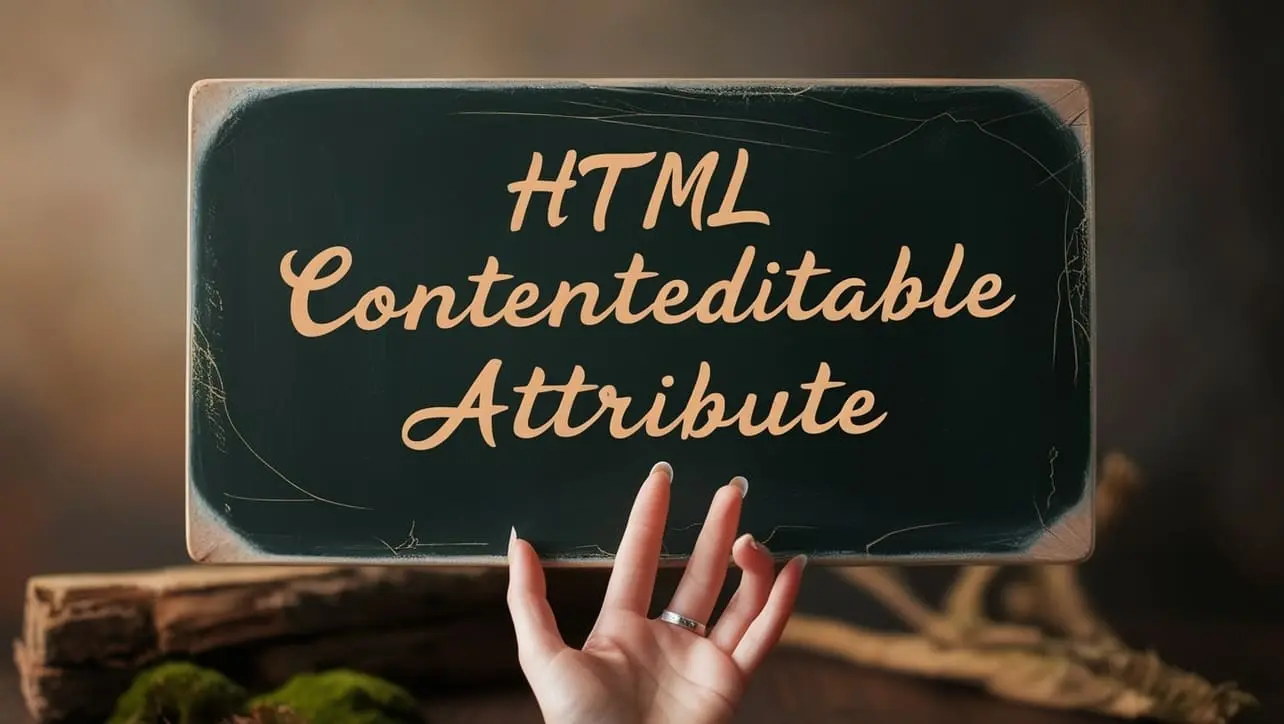
HTML Topics
- HTML Intro
- HTML Basic
- HTML Editors
- HTML CSS
- HTML Tags
- HTML Deprecated Tags
- HTML Events
- HTML Event Attributes
- HTML Global Attributes
- HTML Attributes
- abbr
- accept
- accept-charset
- accesskey
- action
- align
- alt
- archive
- as
- async
- autocapitalize
- autocomplete
- autofocus
- autoplay
- axis
- bgcolor
- border
- cellpadding
- cellspacing
- char
- charoff
- charset
- checked
- cite
- class
- classid
- codebase
- codetype
- color
- cols
- colspan
- compact
- content
- contenteditable
- controls
- coords
- crossorigin
- data
- data-*
- datetime
- declare
- default
- defer
- dir
- dirname
- disabled
- download
- draggable
- enctype
- enterkeyhint
- for
- form
- formaction
- formenctype
- formmethod
- formnovalidate
- formtarget
- frame
- frameborder
- frameset
- headers
- height
- hidden
- high
- href
- hreflang
- hspace
- http-equiv
- id
- inert
- inputmode
- ismap
- kind
- label
- lang
- list
- loop
- low
- max
- maxlength
- media
- method
- min
- multiple
- muted
- name
- novalidate
- onabort
- onafterprint
- onbeforeprint
- onbeforeunload
- onblur
- oncanplay
- oncanplaythrough
- onchange
- onclick
- oncontextmenu
- oncopy
- oncuechange
- oncut
- ondblclick
- ondrag
- ondragend
- ondragenter
- ondragleave
- ondragover
- ondragstart
- ondrop
- ondurationchange
- onemptied
- onended
- onerror
- onfocus
- onhashchange
- oninput
- oninvalid
- onkeydown
- onkeypress
- onkeyup
- onload
- onloadeddata
- onloadedmetadata
- onloadstart
- onmousedown
- onmousemove
- onmouseout
- onmouseover
- onmouseup
- onmousewheel
- onoffline
- ononline
- onpagehide
- onpageshow
- onpaste
- onpause
- onplay
- onplaying
- onpopstate
- onprogress
- onratechange
- onreset
- onresize
- onscroll
- onsearch
- onseeked
- onseeking
- onselect
- onstalled
- onstorage
- onsubmit
- onsuspend
- ontimeupdate
- ontoggle
- onunload
- onvolumechange
- onwaiting
- onwheel
- open
- optimum
- pattern
- placeholder
- popover
- popovertarget
- popovertargetaction
- poster
- preload
- readonly
- rel
- required
- reversed
- rows
- rowspan
- sandbox
- scope
- selected
- shape
- size
- sizes
- span
- spellcheck
- src
- srcdoc
- srclang
- srcset
- start
- step
- style
- tabindex
- target
- title
- translate
- type
- usemap
- value
- width
- wrap
- HTML Comments
- HTML Entity
- HTML Head
- HTML Form
- HTML IndexedDB
- HTML Drag & Drop
- HTML Geolocation
- HTML Canvas
- HTML Status Code
- HTML Language Code
- HTML Country Code
- HTML Charset
- MIME Types
HTML contenteditable Attribute

Photo Credit to CodeToFun
🙋 Introduction
The contenteditable attribute is a powerful feature in HTML that allows developers to make elements editable by users.
This attribute provides a straightforward way to turn elements like divs, spans, or even the entire document into a user-editable area.
It is particularly useful for creating rich-text editors and interactive content.
🎯 Purpose of contenteditable
The primary purpose of the contenteditable attribute is to make an element editable, enabling users to modify the content directly in the browser.
This can be advantageous for creating dynamic and interactive web pages where users can engage with the content in real-time.
💎 Values
The contenteditable attribute accepts different values to define the editing behavior of the element:
- true: The element is editable. Users can modify the content.
- false: The element is not editable. This is the default value.
- inherit: The element inherits the editable behavior from its parent.
📄 Example
Let's look at a simple example of how to use the contenteditable attribute in an HTML document:
<div contenteditable="true">
<p>This content is editable. Try typing here!</p>
</div>🧠 How it Works
In this example, the contenteditable attribute is set to "true" for a <div> element, allowing users to edit the contained paragraph.
🔄 Dynamic Values with JavaScript
You can dynamically toggle the contenteditable attribute using JavaScript to create interactive experiences. Here's an example:
<script>
// Toggle contenteditable based on user interaction
function toggleEditable() {
var element = document.getElementById("editableElement");
element.contentEditable = (element.contentEditable === "true") ? "false" : "true";
}
</script>
<button onclick="toggleEditable()">Toggle Editable</button>
<div id="editableElement">
<p>This content can be dynamically edited.</p>
</div>🧠 How it Works
In this script, a button click toggles the contenteditable attribute of a <div> element with the id editableElement.
This showcases how you can use JavaScript to provide dynamic control over the editing behavior.
🏆 Best Practices
- Use the
contenteditableattribute thoughtfully, considering the user experience and the nature of the content. - Be mindful of accessibility concerns, as editing content may affect users who rely on assistive technologies.
- Test your implementation across different browsers to ensure consistent behavior.
🎉 Conclusion
The contenteditable attribute is a versatile tool for creating interactive and editable content on the web.
By understanding its usage and incorporating it judiciously into your projects, you can enhance user engagement and create dynamic user interfaces.
👨💻 Join our Community:
Author

For over eight years, I worked as a full-stack web developer. Now, I have chosen my profession as a full-time blogger at codetofun.com.
Buy me a coffee to make codetofun.com free for everyone.
Buy me a Coffee












If you have any doubts regarding this article (HTML contenteditable Attribute), please comment here. I will help you immediately.